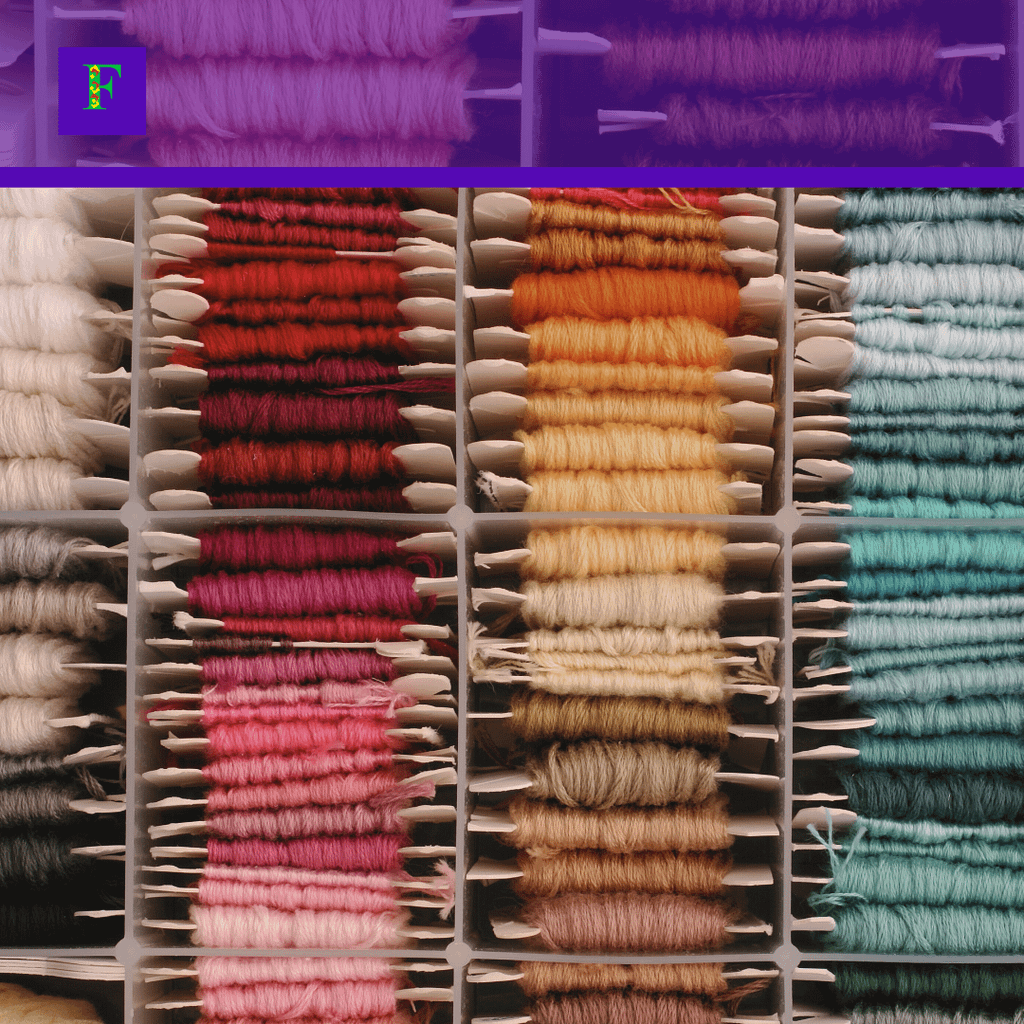
Sustainability as a Driving Force in Contemporary Fashion Design
In recent years, sustainability has evolved from a niche concern into a central pillar of modern fashion design. Environmental degradation, climate change, and consumer awareness have pressured the fashion industry to rethink traditional practices. Designers are no longer creating collections in isolation from ecological responsibility; instead, they are reimagining aesthetics through the lens of sustainable development. This shift has not only transformed materials and production processes but has also influenced the core values of fashion brands, placing transparency and ethics at the forefront of their identity. Sustainable fashion now merges innovation with responsibility, reshaping how style is perceived and consumed.
Adapting Materials and Processes for a Greener Future
One of the most significant transformations in sustainable fashion lies in material innovation. Designers are moving away from resource-intensive fabrics such as virgin polyester and conventional cotton, embracing alternatives like organic cotton, hemp, TENCEL™, Piñatex®, and recycled synthetics. These materials require less water, generate lower carbon emissions, and often offer superior biodegradability or recyclability. Beyond fabric choice, the entire production chain is being restructured. Designers collaborate with manufacturers that prioritize low-impact dyeing techniques, closed-loop water systems, and renewable energy sources. Furthermore, advances in 3D design, digital prototyping, and on-demand manufacturing have minimized waste, allowing for more precise inventory control and reducing overproduction. By rethinking every stage of the creative process, from sketch to sample to final garment, fashion professionals are aligning design innovation with ecological integrity.
Designing for Longevity and Circularity
Contemporary designers increasingly embrace principles of circular fashion. The focus has shifted from seasonal trends to long-lasting garments, both in construction and aesthetic appeal. Timeless silhouettes, modular designs, and versatile color palettes are now preferred, with the intention that clothing will be worn longer and repurposed more easily. Brands encourage repair, resale, and recycling by integrating care instructions and end-of-life solutions into their business models. Some collections include garments made entirely from mono-materials, facilitating disassembly and reprocessing. Meanwhile, transparency has become a key design element, with labels openly sharing information about sourcing, labor practices, and environmental impact. This fosters a deeper connection between the designer, the consumer, and the garment, cultivating a culture of conscious ownership. By prioritizing quality, functionality, and lifecycle responsibility, fashion designers are redefining luxury through sustainability, making it not just desirable but essential.
